News

The legacy of late professor and female physicist Bunny Clark
“Bunny, as in rabbit.”
A common response when introducing herself, Dr. Bunny Clark wasn’t just out of the ordinary when it came to her uncommon first name. Clark, before becoming a well-…
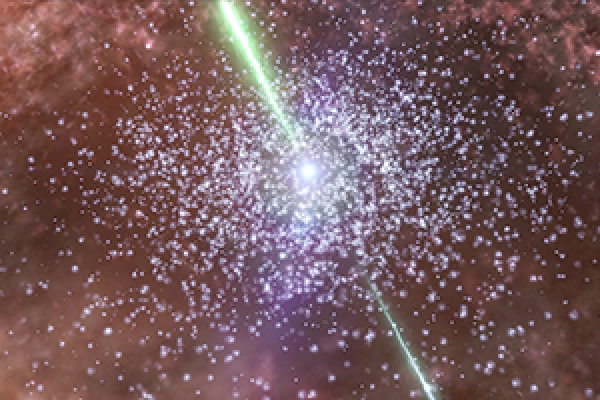
Team involving Ohio State astronomer gets a close-up look at the whirlpool around gigantic black hole
Imagine if you could see something the size of a coin at the distance of the moon.
That’s roughly the equivalent of what an international team of astronomers did by combining four of the…
Earth sciences and public health merge in study abroad course to Japan
Motomu Ibakari, associate professor of Earth sciences and environmental health, arrived in Tokyo around 2:45 p.m. local time on March 11, 2011.
Minutes later, a magnitude 9.1 earthquake…
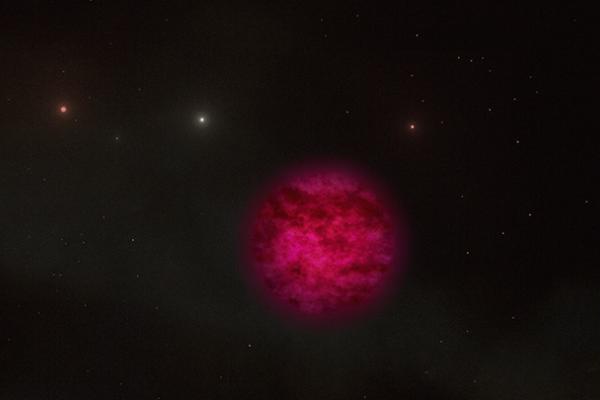
Astronomy professor's research advances technology looking for signs of alien life
Thousands of exoplanets have been detected so far. Each has its own unique characteristics.
Assistant Professor of Astronomy Ji Wang’s goal is to study the traits of those exoplanets, or…
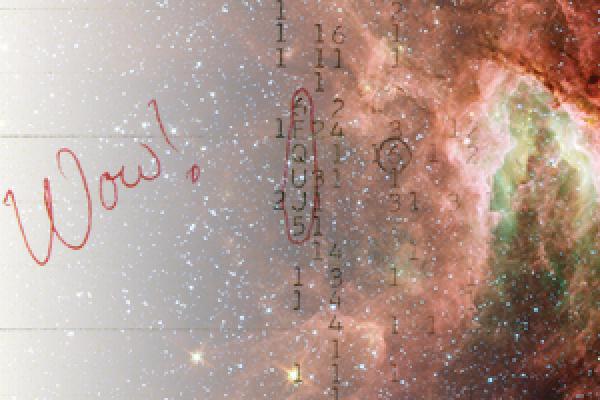
Did Ohio State really detect an alien signal?
View all 2018 High Points >
Humans have long scanned the vastness of space in search of intelligent extraterrestrial life.
Though the pursuit of aliens has largely come up…
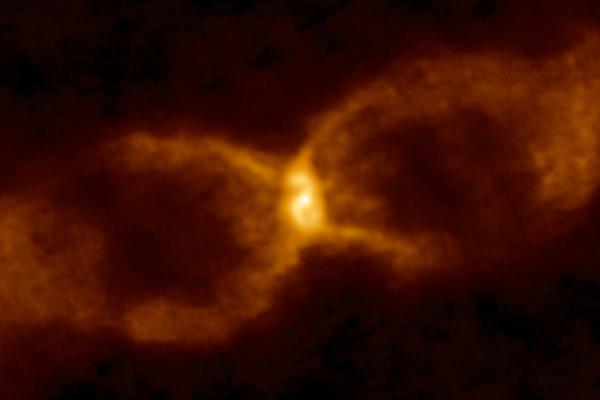
Ohio State astronomer helps detect historical stellar merger event
Nearly 350 years ago, a bright speck of light appeared in the night sky just below the constellation Cygnus.
Observers at the time thought what they saw was a nova — an event between…
Wysocki lab making huge advances in protein characterization
Our bodies couldn’t function without proteins, yet scientists still have much to understand about how they’re structured.
That’s because proteins — especially protein complexes made of…
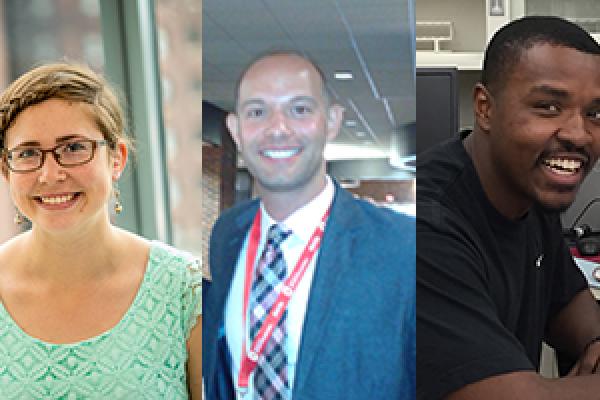
Pursuing a passion for anthropology through the Summer Research Opportunities Program
Nearly 35 years ago, the Big Ten Academic Alliance founded the Summer Research Opportunities Program to connect underrepresented students from across the nation with valuable research experience…
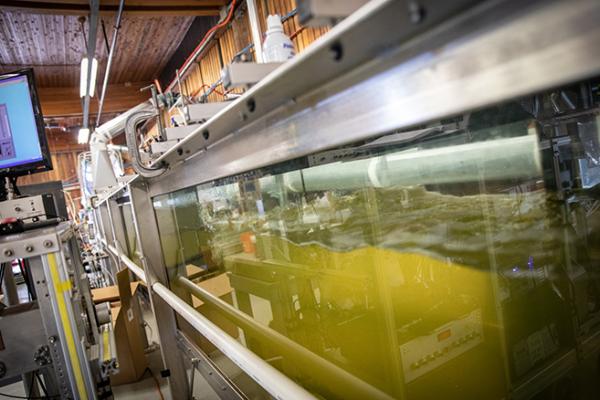
$20 million NSF grant continues groundbreaking climate change research
What impacts do aerosols have on cloud formation, critical atmospheric processes and global climate change?
The Center for Aerosol Impacts on Climate and the Environment (CAICE) and its…
